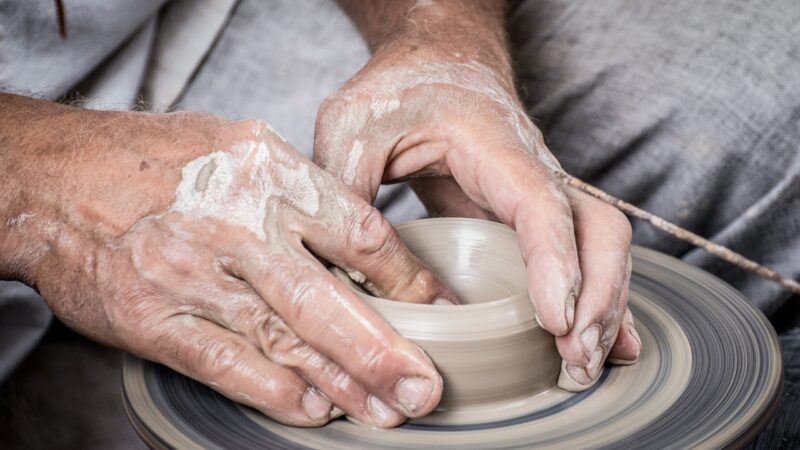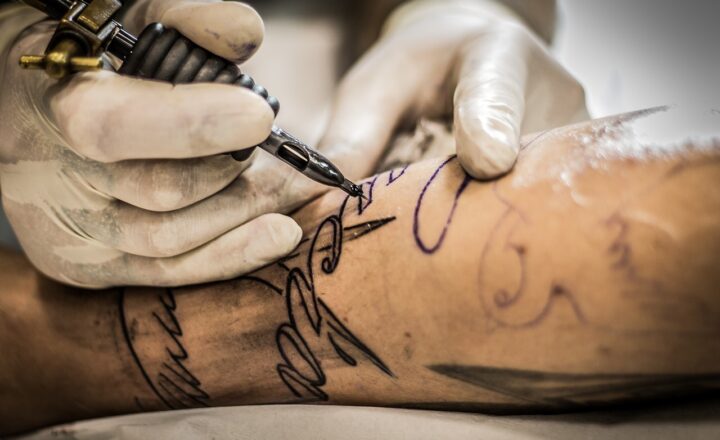The History of Tattoos: From Ancient Traditions to Modern Self-Expression
November 16, 2024

Tattoos have journeyed a long way from their inception in ancient civilizations to becoming a prevalent form of self-expression today. This art form, often wrapped in cultural and personal significance, raises questions about identity, heritage, and society.
1. The Ancient Roots of Tattooing
The tradition of tattooing dates back thousands of years, with some of the earliest evidence traced to ancient Egypt, where tattoos were often associated with religious significance or protection. In fact, the famous mummy known as Aset, dating back to 2000 BC, bore tattoos that are believed to have been symbolic of fertility and protection.
Throughout the ages, various cultures adopted tattooing for multifaceted reasons, ranging from marking social status, tribal affiliation, or rites of passage. Among the indigenous peoples of the Pacific Islands, tattoos represented courage, prowess, and identity. For example, the Māori of New Zealand practice tā moko, an intricate tattooing method that tells the story of an individual’s life, their genealogy, and their tribal affiliations.
The significance of tattoos goes beyond aesthetics; they often tell stories and embody the cultural beliefs of a community.
2. Cultural Significance Across Civilizations
In ancient Japan, tattoos were used as a form of punishment for criminals, marking them for their misdeeds as seen in the Edo period. Over time, however, these tattoos evolved into an artistic expression, with the art form reaching its height in the 19th century, showcasing elaborate designs rooted in cultural iconography.
Simultaneously, ancient Greeks and Romans embraced tattoos for different purposes. The Greeks often branded tattoos on prisoners and slaves as a form of identification, while soldiers adorned their bodies with tattoos representing their unit or achievements, thus linking tattoos to valor, loyalty, and bravery.
Moreover, African tribes have been utilizing tattoos for centuries as rites of passage, celebrating significant milestones or transitions in a person’s life. As a result, tattoos have been woven into the cultural fabric of various civilizations, representing more than mere body art.
3. The Evolution of Tattoos in Western Society
Tattoos made their way into Western society through explorers and colonial encounters in the 18th century. The sailor culture known for tattooing their bodies as a means of showing their adventures contributed to a shift in perception. However, tattoos remained largely stigmatized throughout the 19th century, often associated with deviance or rebellion.
The late 20th century saw a dramatic change in this societal view, as tattoos transitioned from the margins to a mainstream phenomenon. The counterculture movements of the 1960s and 70s popularized tattoos among artists, musicians, and revolutionaries. Icons like Janis Joplin and Jimi Hendrix sported tattoos, amplifying their visibility and appeal and pushing societal boundaries.
4. The Modern Tattoo Renaissance
Today, tattoos are embraced globally, signifying personal narratives, artistic expression, and cultural heritage. Modern tattooing practices incorporate diverse styles, from delicate watercolors to hyper-realistic portraits, reflecting individuality and emotional connections.
Many people now intentionally choose tattoos to celebrate milestones, memorialize loved ones, or simply showcase their artistic inclinations. The rise of social media has also played a crucial role in the modern tattoo renaissance, with platforms like Instagram sprouting an online community where artists can share their work and clients can discover them with ease.
Brands are also incorporating tattoo art in their marketing strategies, and the modern artist has become a respected figure in the creative industry, often garnering recognition and collaboration opportunities beyond tattooing.
5. Navigating the Future of Tattoos
With the tattoo landscape continually evolving, it’s important to consider technological advancements in the industry. Innovations in tattoo removal technology have emerged, offering clients the option to erase past decisions. Additionally, the popularity of temporary tattoos has also surged, depicting a shift toward personal expression without permanent commitment.
Moreover, discussions around cultural appropriation in tattooing practices have become increasingly prominent. Artists and clients are encouraged to navigate these conversations thoughtfully, respecting the cultures and histories from which tattoo practices originate.
As societies continue to embrace and redefine body art, the future of tattoos looks forward to inclusivity, representation, and continued evolution, ensuring that this ancient tradition remains dynamic and relevant.
Conclusion
The history of tattoos illustrates how this art form has transformed over time, from ancient symbols of identity to modern indicators of personal narratives. Tattoos serve as a remarkable reminder of humanity’s shared experiences, desires, and cultural nuances, allowing individuals to express facets of their identities. As the tattoo community continues to flourish, it is essential to stay aware of the stories etched onto our skin and the journeys that led us there.
Tattoos are not merely ink on skin; they carry the weight of history, culture, and modern self-expression, creating a tapestry of human experience that continues to evolve.








